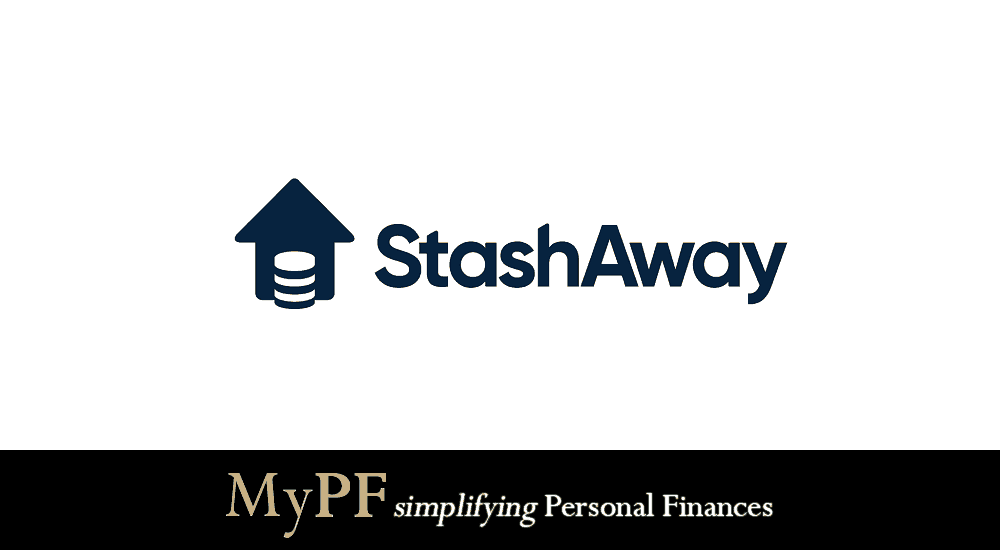A back-to-basics class for investors as we get to know dollar-cost averaging. The original version of this article was published on StashAway.my.
Buy low, sell high, right? It’s not that easy. Trying to time the market properly requires one to spend a lot of time knowing the market, and reading market and economic trends, and even then, only 5% (1 in 20!) of professional portfolio managers who try to buy or sell at the “right time” outperform their benchmarks.
Enter dollar-cost averaging.
Contents
What’s dollar-cost averaging?
It’s a simple method of investing the same amount of money each week, month, quarter, or interval of your choice, whether you’re investing with a portfolio manager or on your own.
Dollar-cost averaging is meant to prevent investors from over-investing at the “wrong time” in a given security or set of securities (e.g. stocks or bonds). Given that correctly timing the market is considered nearly impossible (luck aside), the goal of dollar-cost averaging is to not bother trying to time the market.
History tells us that through dollar-cost averaging over the long term, the times you buy low and buy high all average out so that you are ultimately buying nearer to fair value of the same security while simultaneously getting the most out of your cash by putting it in the market.
Should you always dollar-cost average?
Well, it depends.
When it comes to dollar-cost averaging, some people strongly advocate for it no matter what, while some people say you never should do it, and others are somewhere in the middle.
At StashAway, we don’t think the question is as simple as whether or not someone should deploy a dollar-cost averaging strategy. It’s about what the best thing to do for your personal financial situation is. Let’s unpack what you should consider when you’re figuring out whether dollar-cost averaging is a strategy you should adopt for yourself.
How to invest a lump sum of money
Those who don’t advocate for dollar-cost averaging usually warn that a lump sum sitting on the sidelines of the stock market is missing out on potential gains. Studies by Vanguard even show that the value you’re missing out on by not being in the market is greater than the risk of buying overpriced stocks all at once.
What’s missing in this line of thinking is the consideration of the risk you are willing to take by investing the entire amount at once. Investing a lump sum implicitly means to “time the market”. What if your timing is wrong?
1. Figure out how much of your net worth the lump sum accounts for
Let’s say your RM25,000 bonus from last year accounts for your entire net worth, and you invested it on 26 January 2018, right before the January 29 market correction. In this case, you’d have lost about 10% of that investment when the markets went down. And that’s 10% of your net worth! But, if that bonus accounted for only 20% of your net worth (not 100%), that 10% loss (or RM2,500 loss) is only a 2% loss of your net worth. A 2% loss hurts much less than a 10% loss.
2. Dollar-cost averaging reduces risk if the lump sum is equivalent to most of your net worth
If you don’t have any or many other invested or investable assets to your name, then you should reduce your risk by applying a dollar-cost averaging strategy to your lump sum of cash.
3. Dollar-cost averaging makes sense if you have a short investment horizon
One more thing you need to ask yourself is when you need to use the money. If you’re nearing retirement, for example, you can’t take as much risk with your retirement portfolio compared to someone who has 30 years until she retires. So, we’d recommend dollar-cost averaging to minimise your portfolio’s exposure to risk when investing a lump sum.
How to invest your monthly income
Where dollar-cost averaging can be of best use, regardless of your net worth, is when you’re investing part of your monthly income. This way, you’re investing fresh cash flow instead of letting it sit idly in your savings account waiting to be invested for months or even years.
A long-term investing strategy that involves investing some of your monthly salary means that you’ll be buying securities sometimes at a high price, and sometimes a low one. In other words, don’t save up a portion of your monthly income to invest it later on. Put the money to work immediately, as long as you’re disciplined enough to invest every single month. A monthly standing instruction to an investment account can make it easy for you not to forget to invest.
So, when should you use dollar-cost averaging in your investment strategy?
First, make sure you’re investing your monthly savings, and then don’t even ask yourself whether the markets are undervalued or overvalued. Don’t try to time the market, but rather focus on maximising the time your money spends invested.
For lump sums, the answer is not as easy. Whether it’s the cash savings you’ve accumulated and finally want to invest, or a new lump sum you’ve come into, assess the total value of your invested and investable assets to determine how much that additional amount is of your net worth. If it’s under 25% of your net worth, we’d generally say that you can invest it at once, or in a few weeks. But if it’s the majority of your net worth, consider a risk mitigation strategy, such as dollar-cost averaging over several months, that protects you from entering the market at an inopportune time.
StashAway x MyPF exclusive signup privileges!
- StashAway Malaysia promo code 0% fees for RM100k invested for 6 months: signup link
- StashAway Singapore promo code 50% fees for SGD50k invested for 6 months: signup link










Leave A Comment